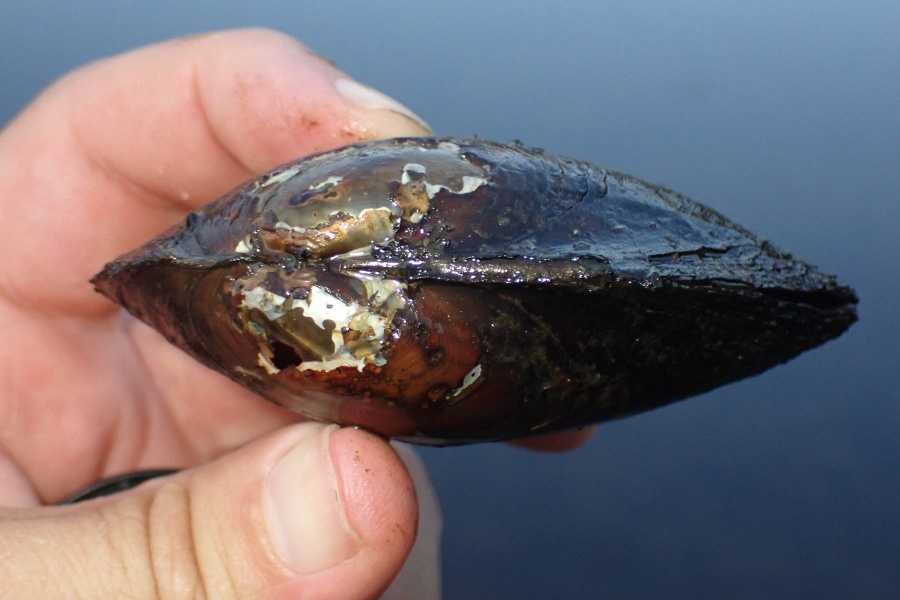How the eastern floater flexes its muscles
The eastern floater can withstand low dissolved oxygen levels and uses a variety of host fish for reproduction

The eastern floater can withstand low dissolved oxygen levels and uses a variety of host fish for reproduction

Comments
There are no comments.
Thank you!
Your comment has been received. Before it can be published, the comment will be reviewed by our team to ensure it adheres with our rules of engagement.
Back to recent stories